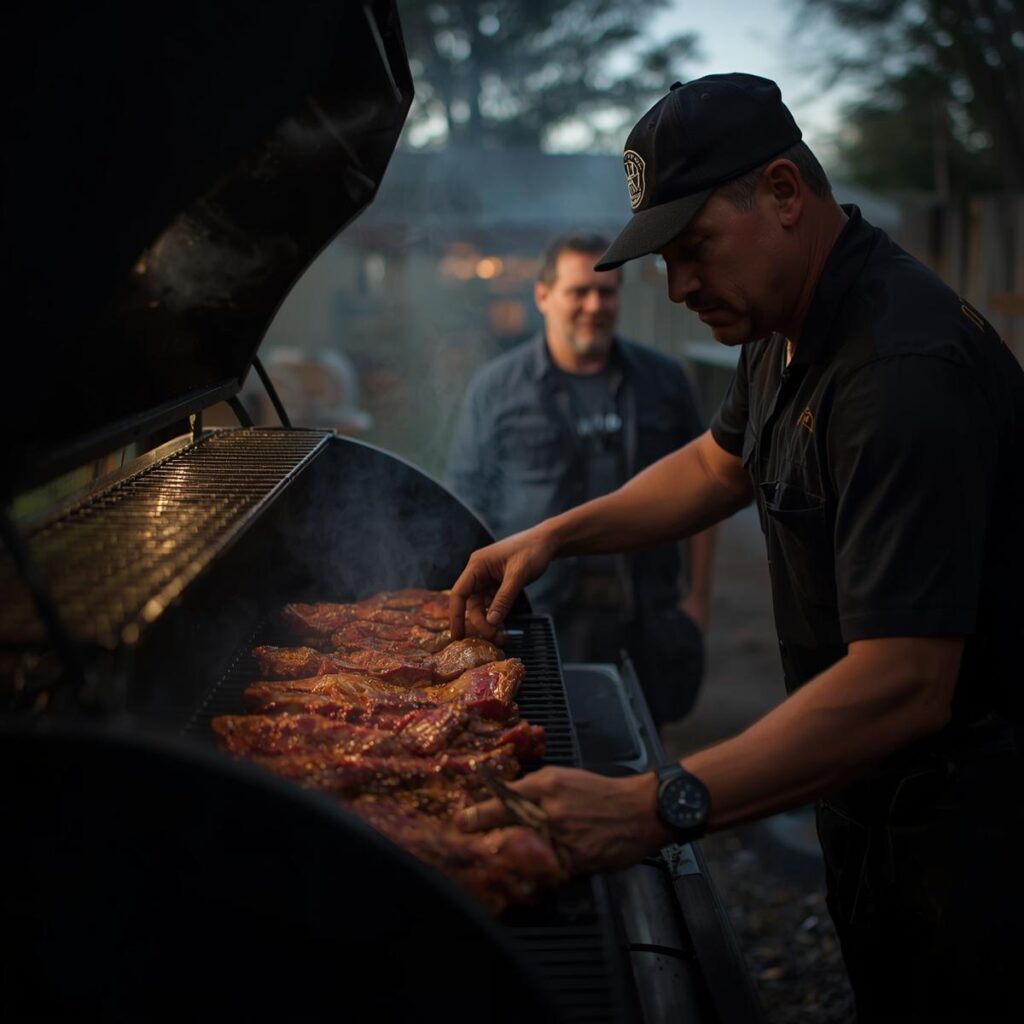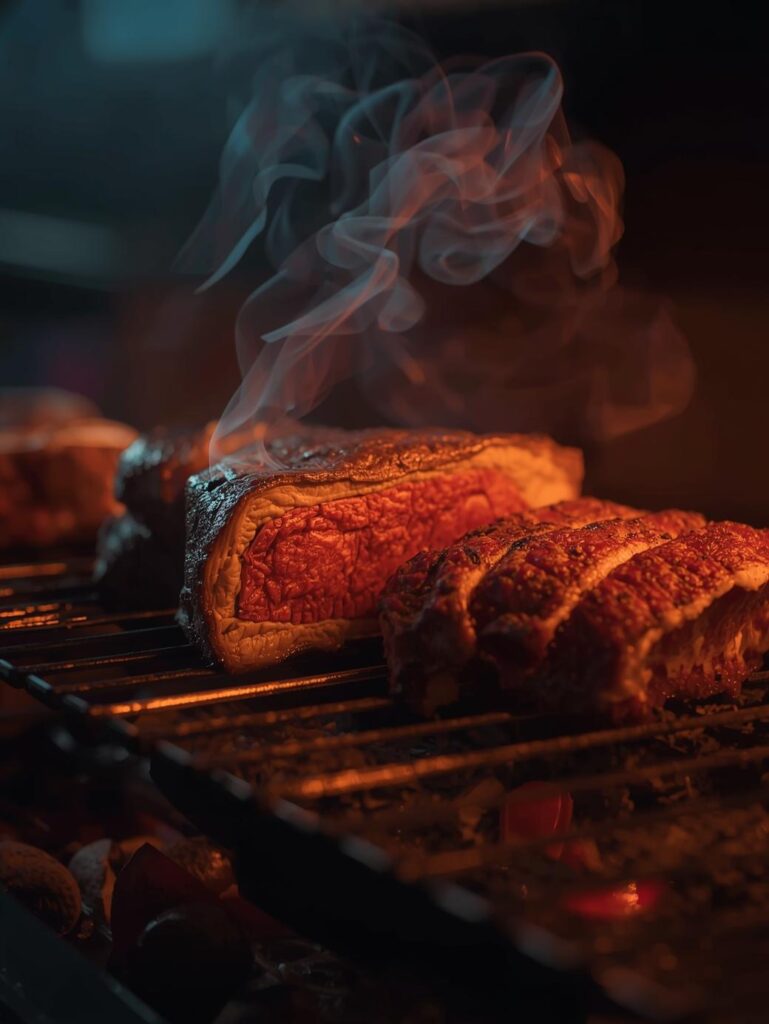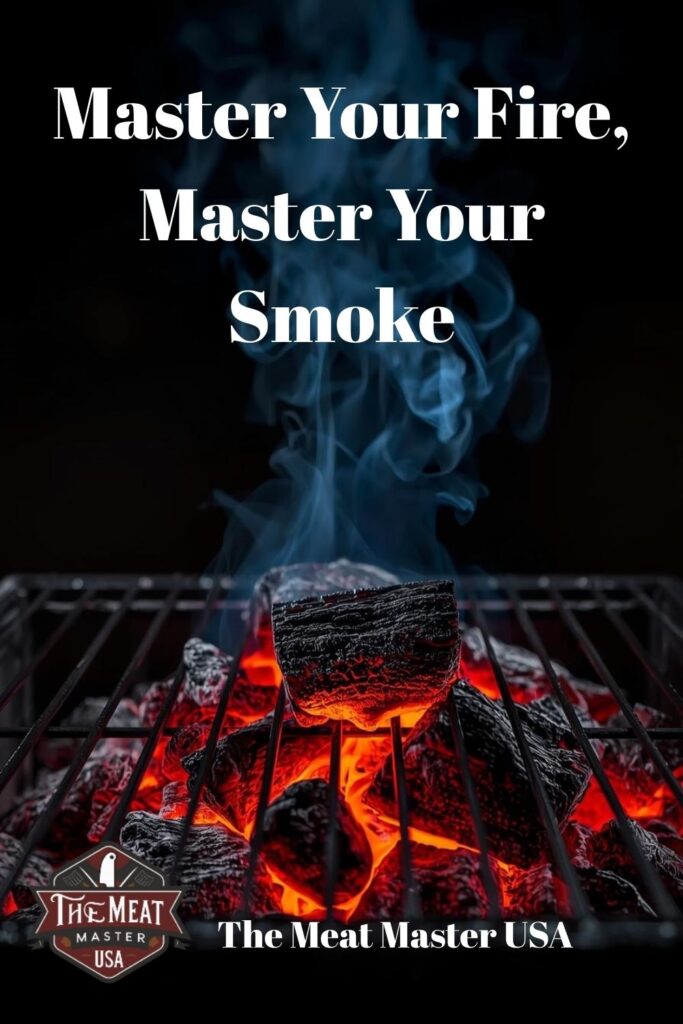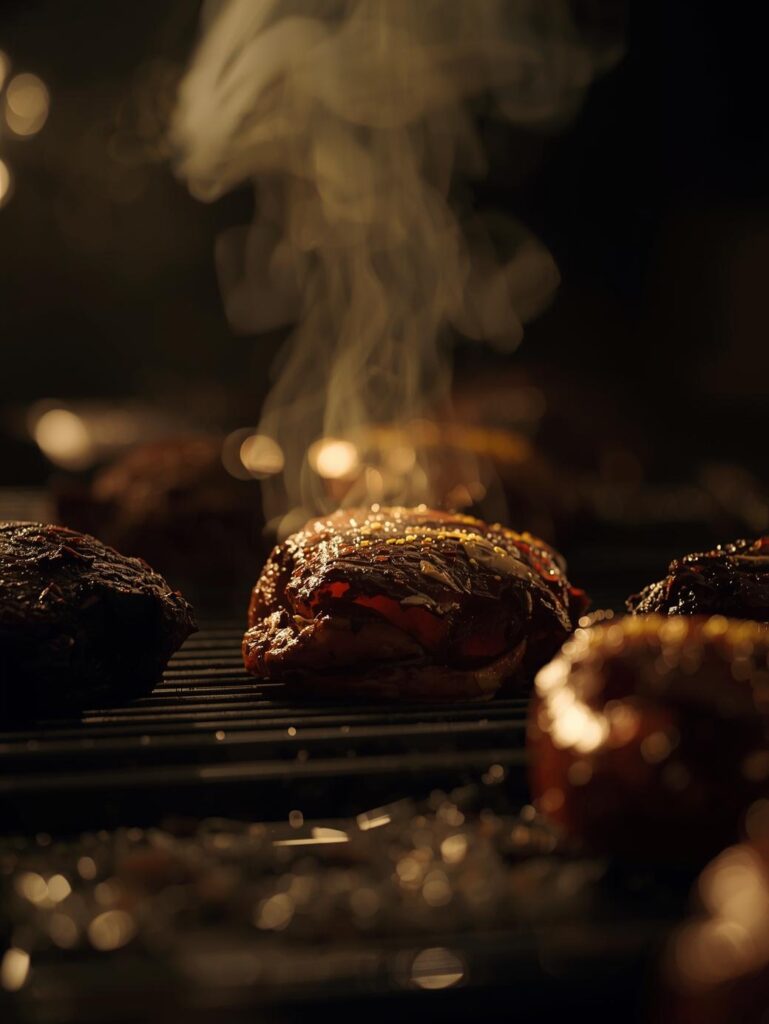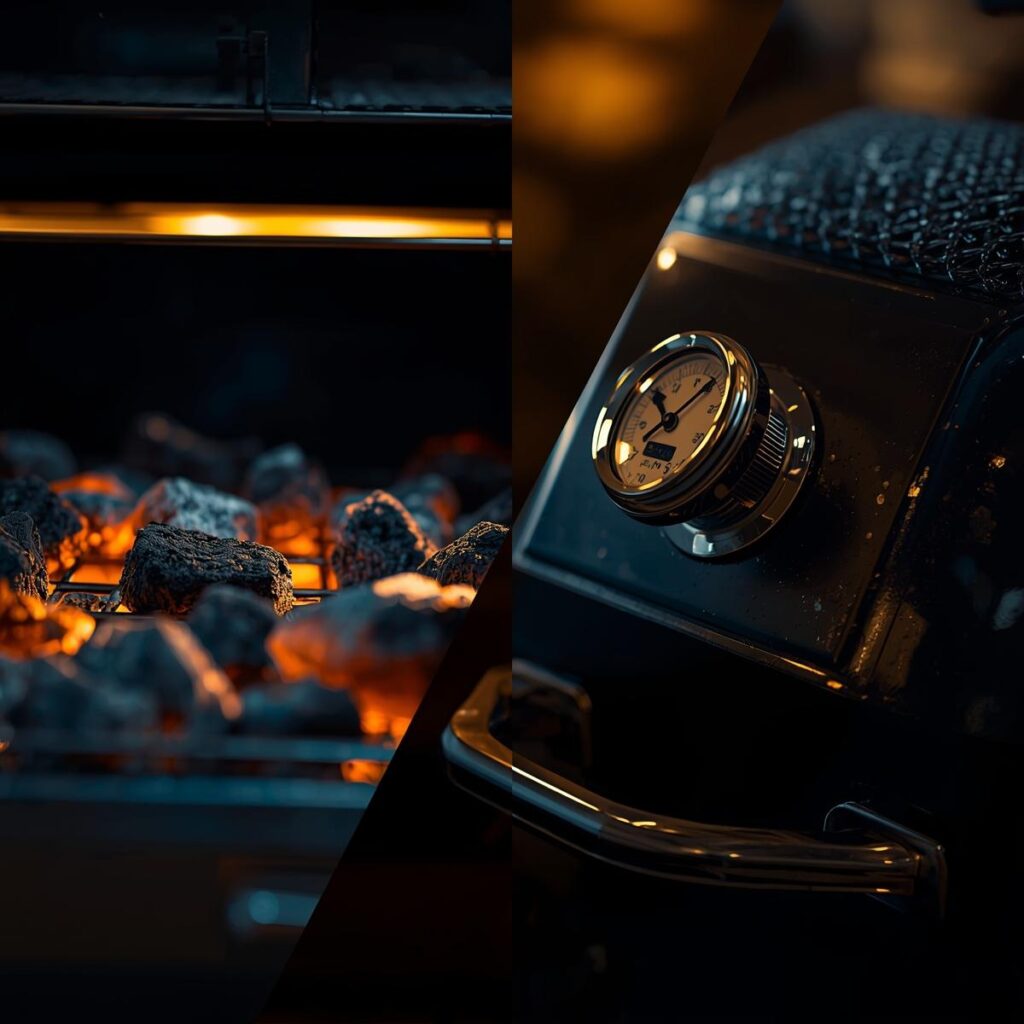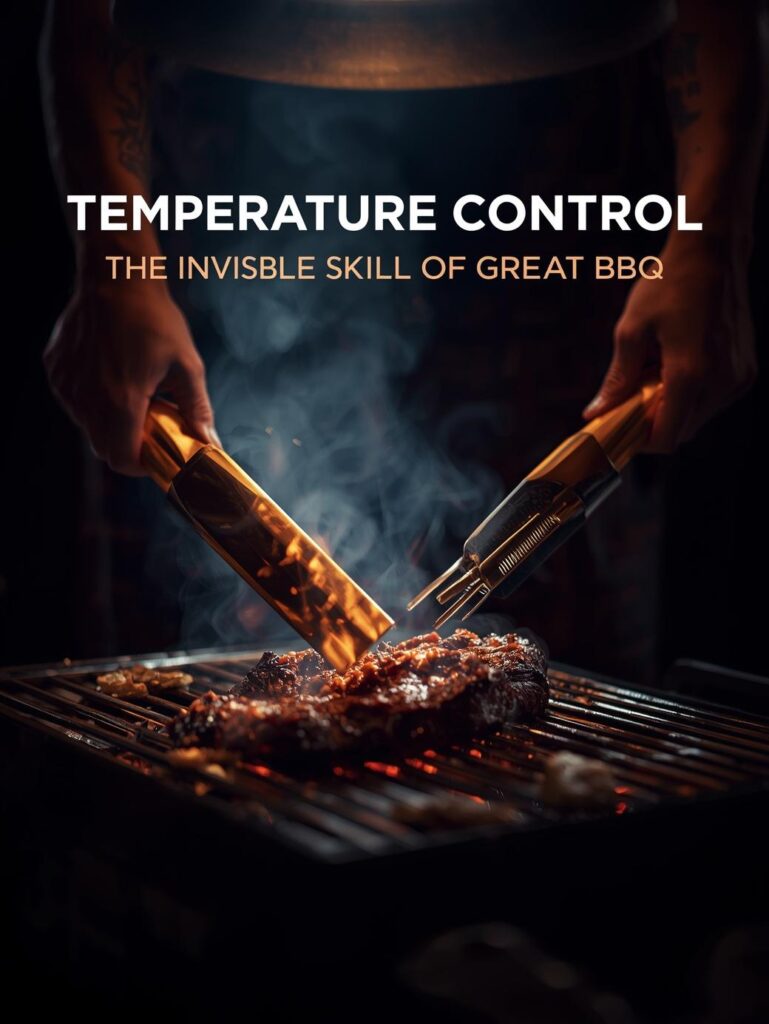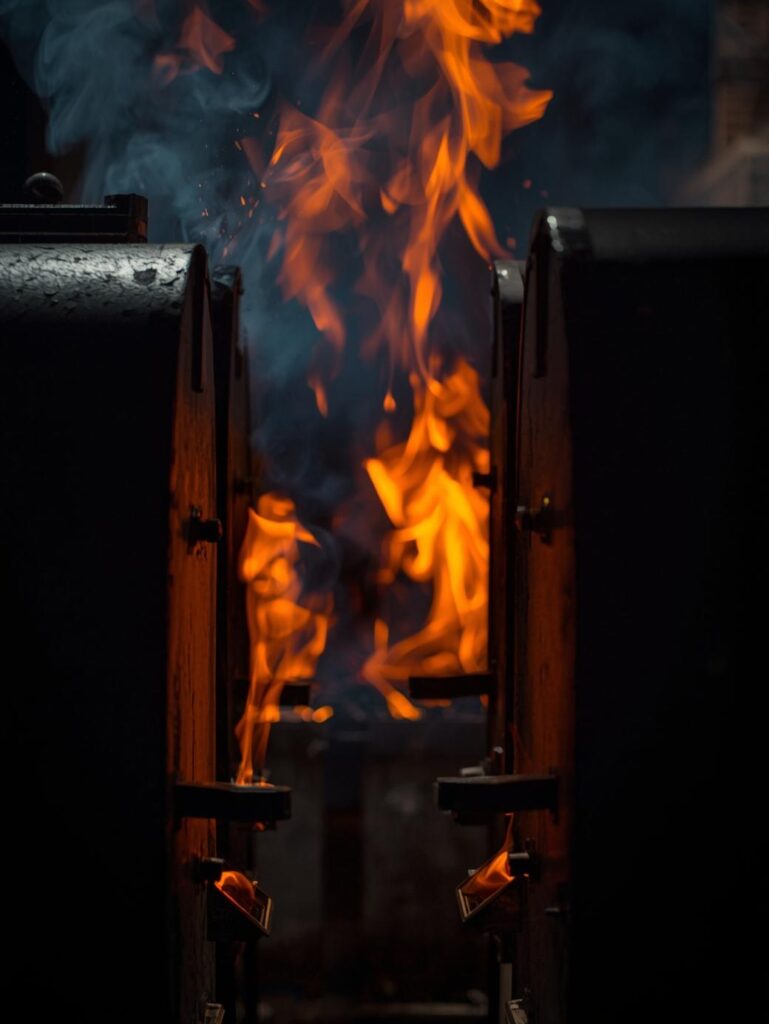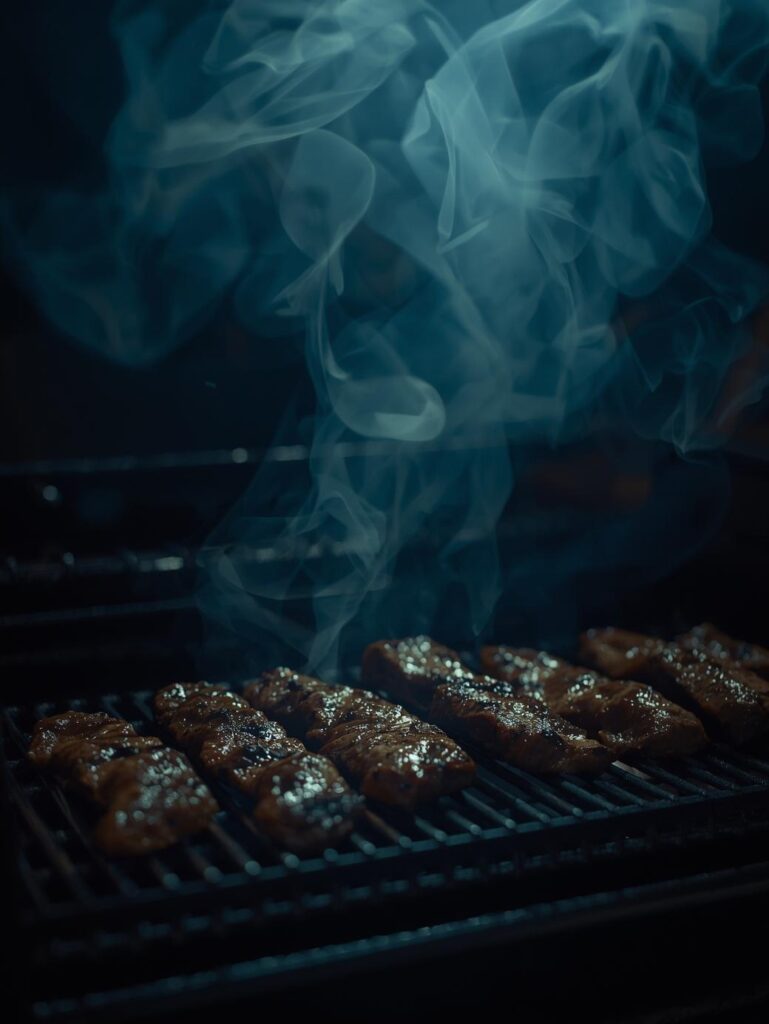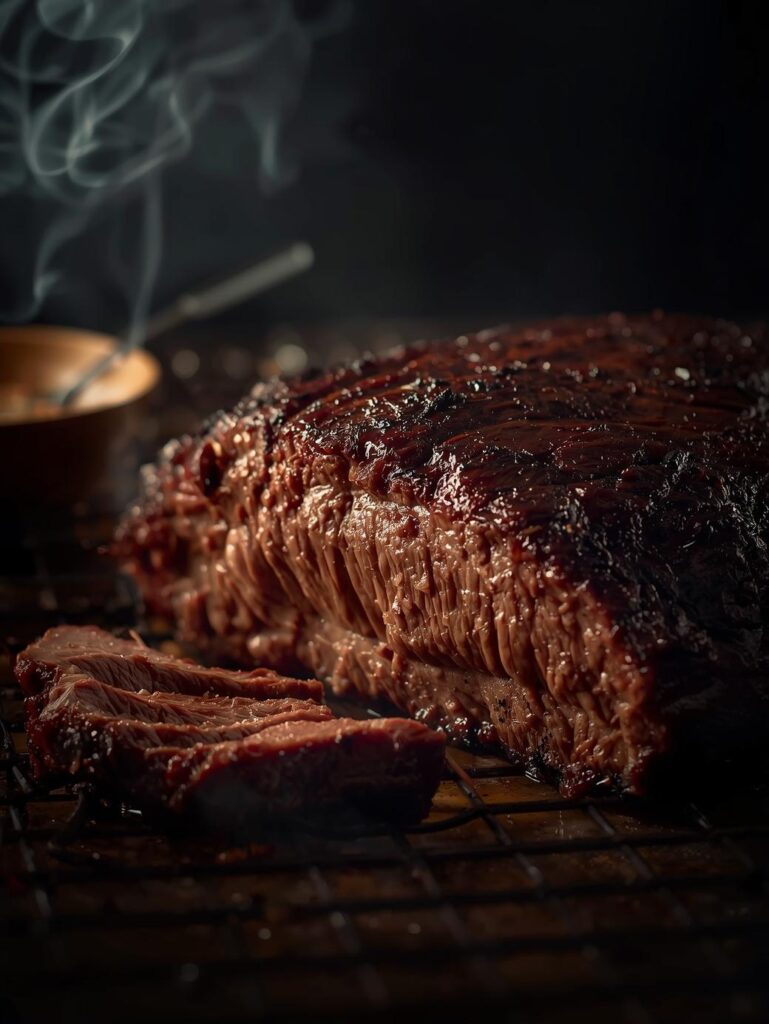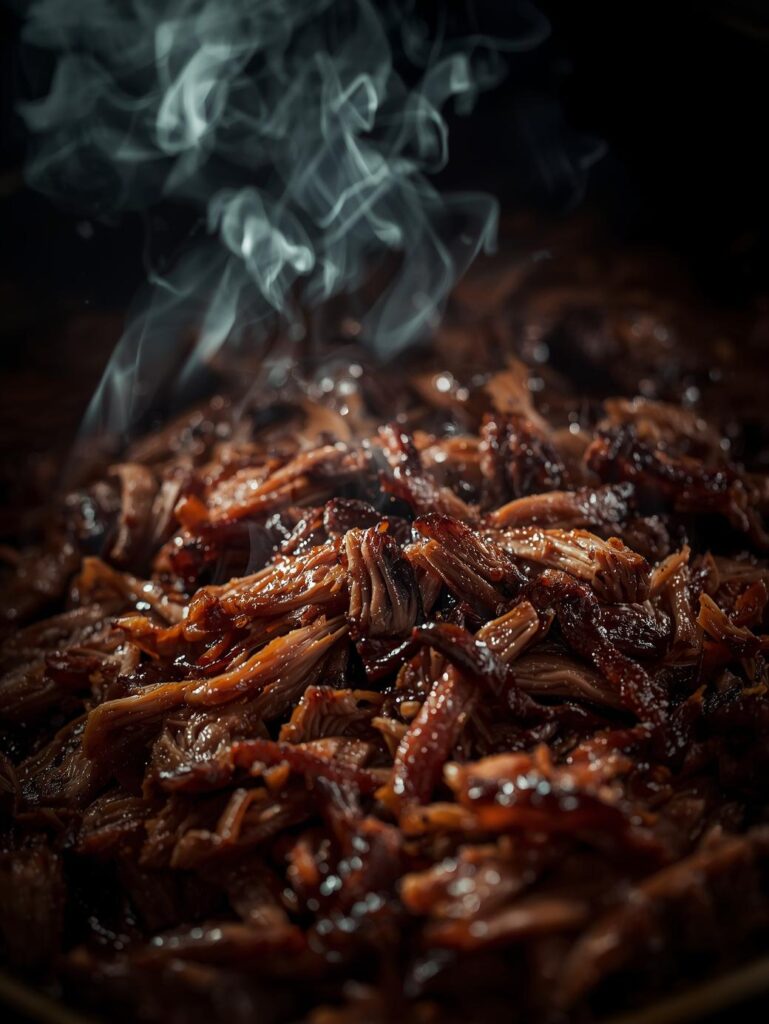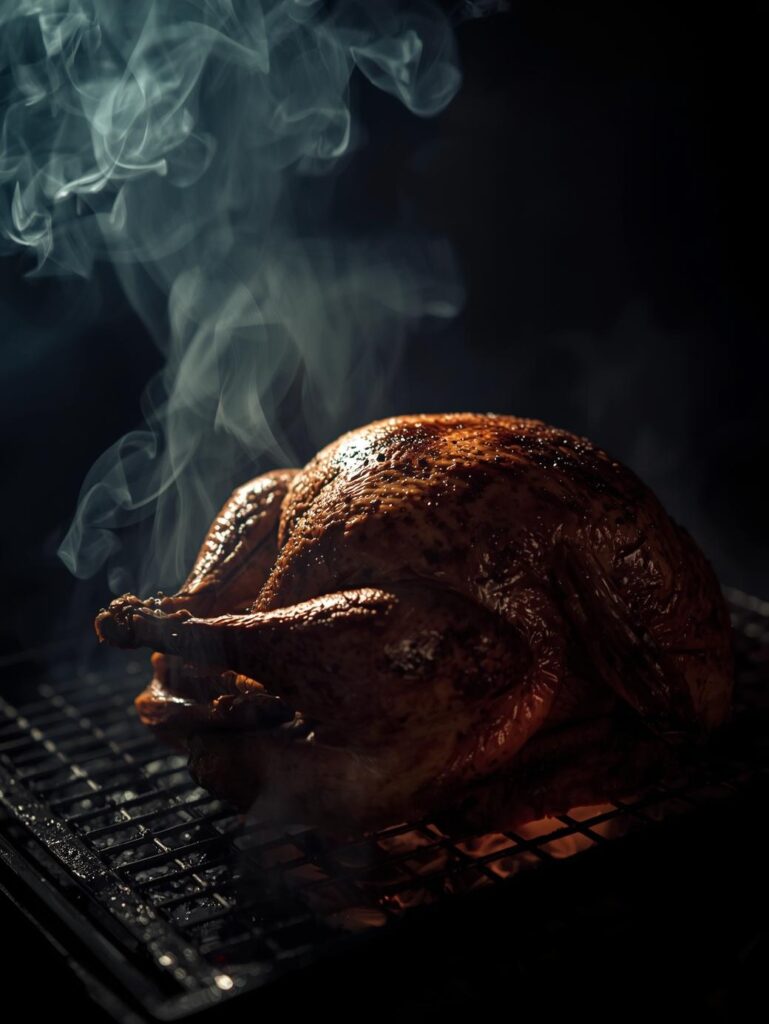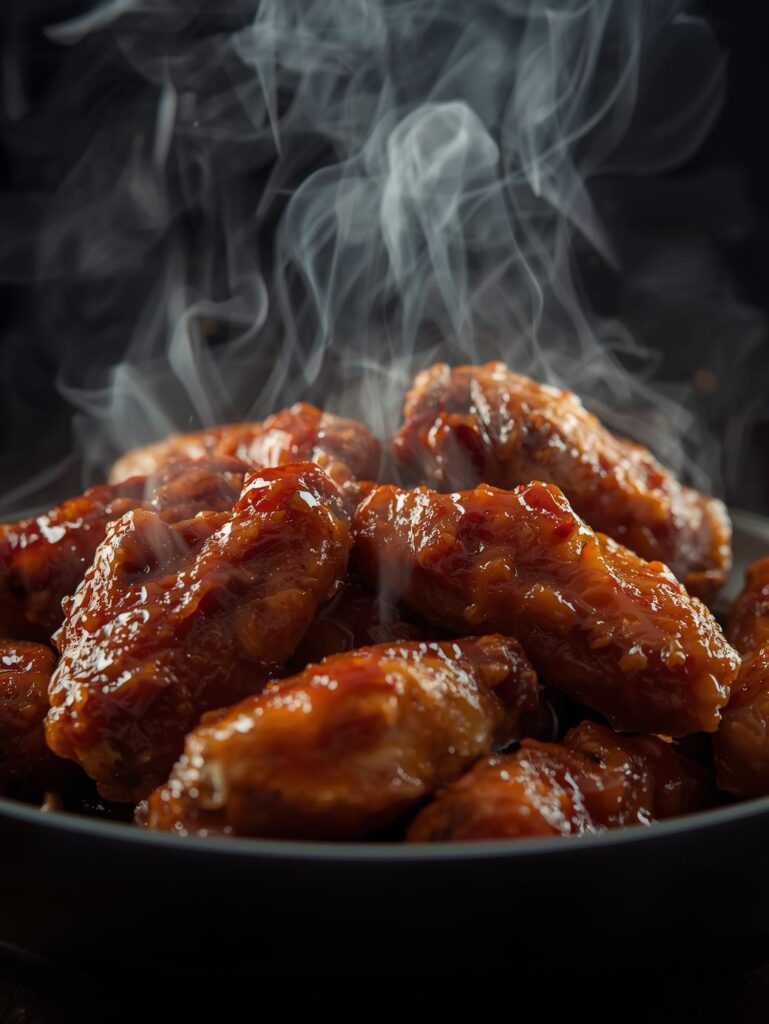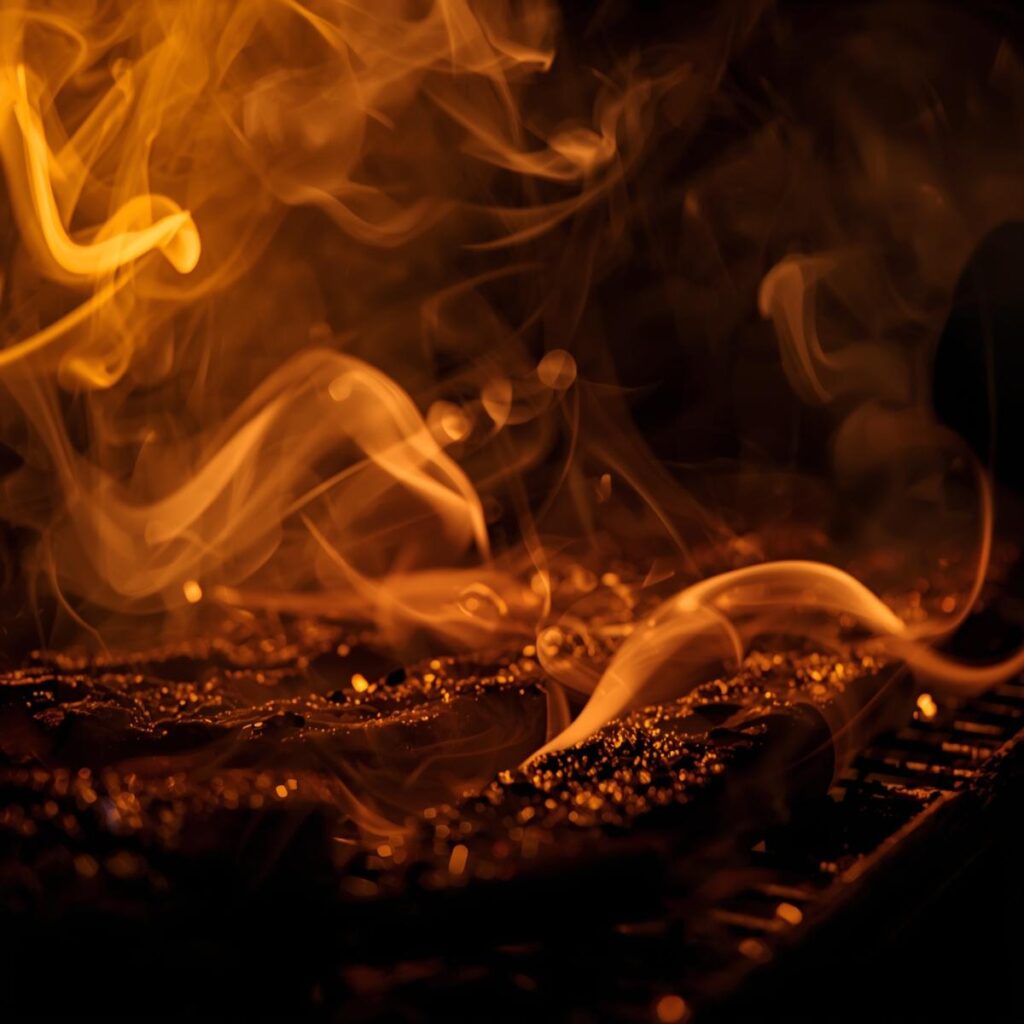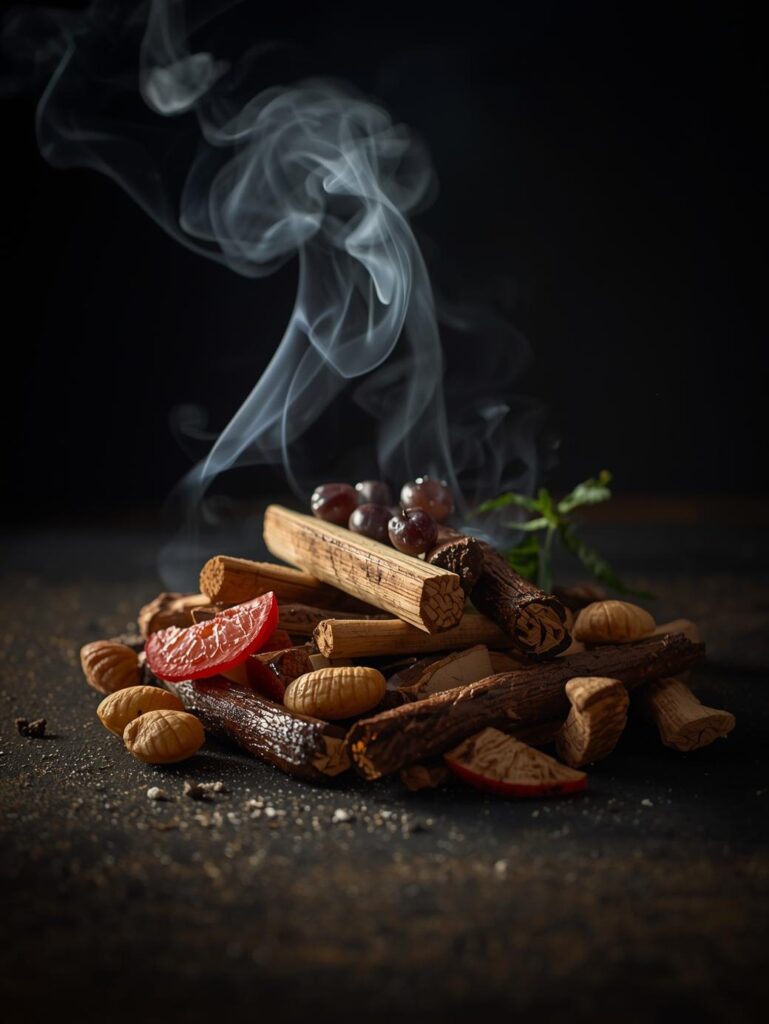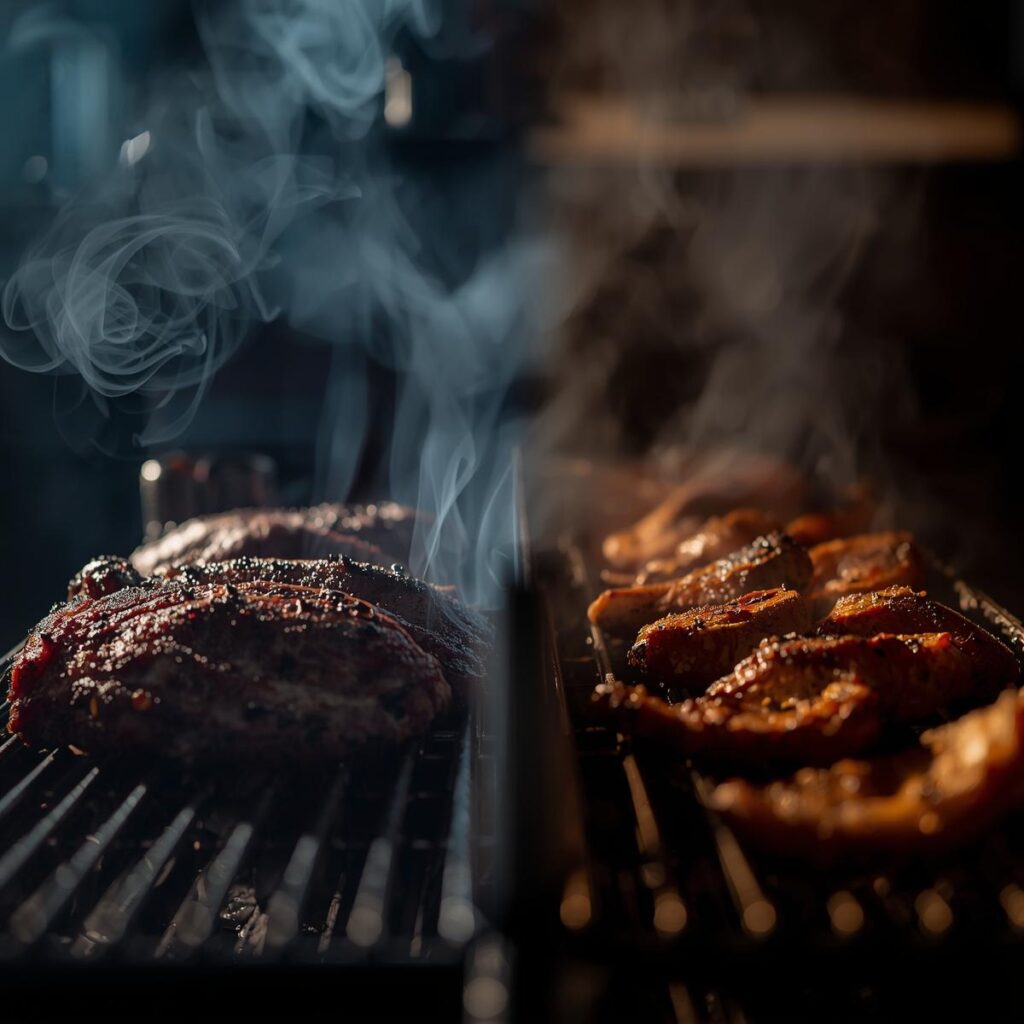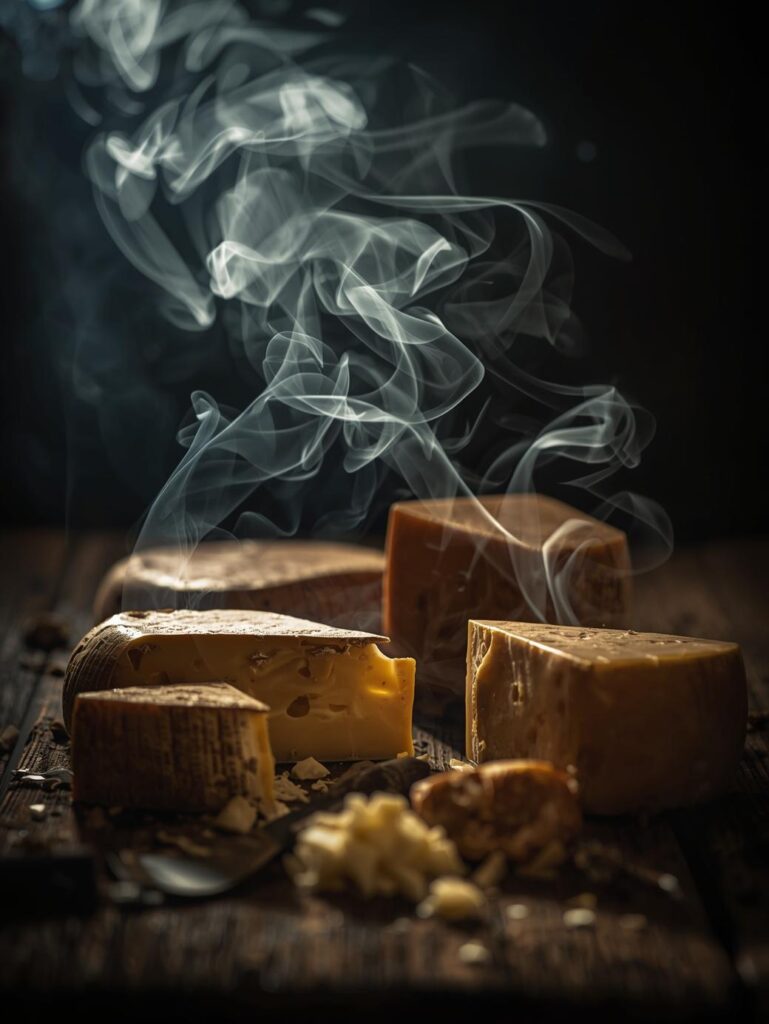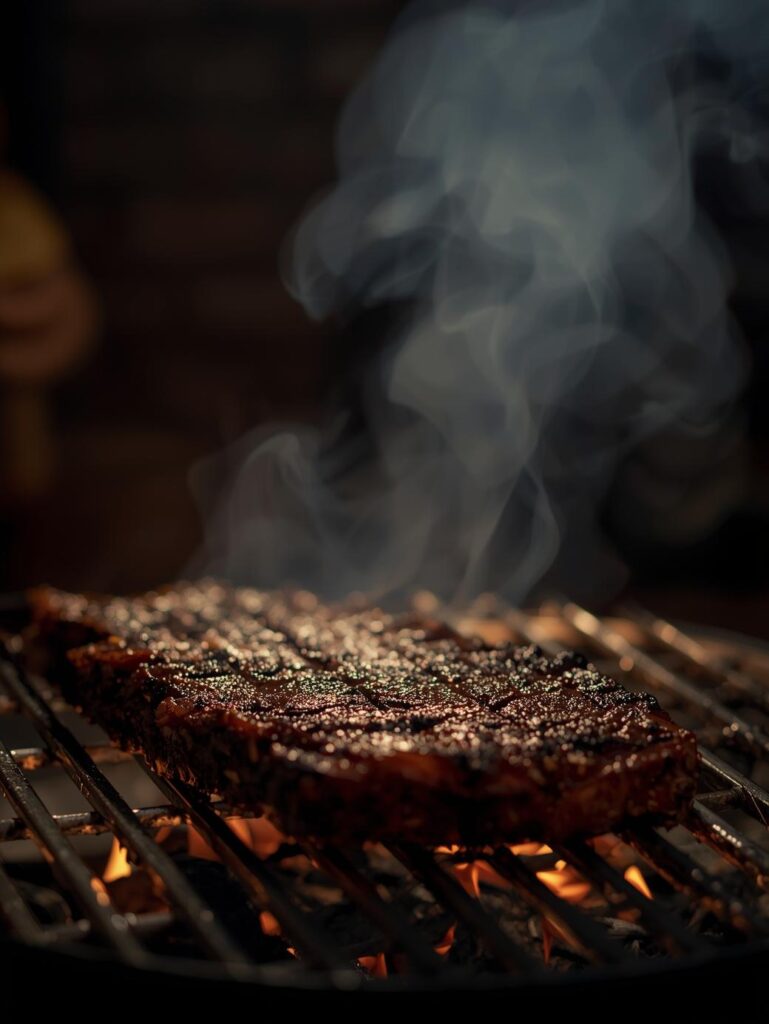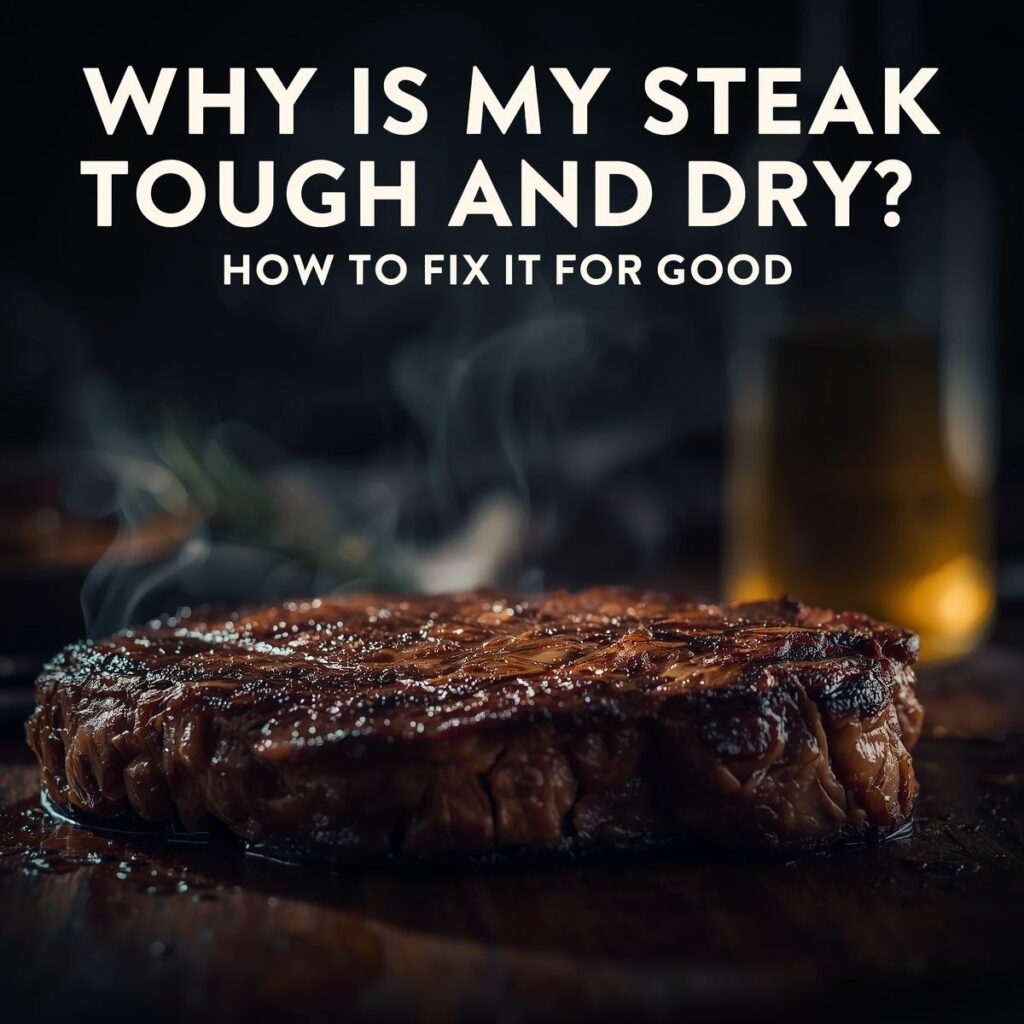Smoking Hub Note: This hub is part of our comprehensive BBQ Methods & Techniques Encyclopedia – focused specifically on low and slow smoking mastery.
💨 Smoking Methods Hub: Master the Art of Low & Slow
Your Complete Guide to Smoke, Time, and Temperature Mastery
Why Smoking is the Most Rewarding BBQ Method
Smoking represents the pinnacle of barbecue craftsmanship—a method that transforms tough, inexpensive cuts into tender, flavor-packed masterpieces through patience and precise temperature control. Unlike grilling’s hot-and-fast approach, smoking uses low temperatures (225-275°F) and extended cooking times (4-16 hours) to break down collagen into gelatin, creating that legendary “fall-off-the-bone” texture that defines great barbecue.
What most beginners don’t realize is that smoking isn’t just one technique—it’s a family of methods including hot smoking (cooking with smoke at 225-275°F), cold smoking (flavoring without cooking at under 85°F), and smoke roasting (higher temperature smoking at 275-325°F). Each approach serves different purposes and creates dramatically different results.
This hub organizes our complete smoking education system into progressive learning paths. Whether you’re troubleshooting your first brisket or mastering competition-level smoke rings, you’ll find the exact guidance you need.
🚀 New to Smoking? Start with our Beginner’s Guide to Smoking Meat, then practice with Smoking Your First Large Cut. Master temperature control before attempting overnight cooks. The smoking learning curve is steep but short—most students achieve consistent results within their first 5-6 attempts.
🆕 SMOKING FUNDAMENTALS: Build Your Foundation
Every great pitmaster starts with fundamentals. Smoking differs from other cooking methods in three crucial ways: temperature range (low and slow), cooking time (significantly longer), and heat source (indirect heat with smoke flavoring). Understanding these differences prevents the most common beginner mistakes like overshooting temperatures or using the wrong wood types.
Key concepts to master first: two-zone fire setup, temperature stability, smoke quality recognition (thin blue vs. thick white smoke), and the science behind the “stall” at 150-170°F.
🔥 FIRE MANAGEMENT FOR SMOKING: The Engine Room
Temperature control separates amateurs from professionals in smoking. The ceramic insulation of kamado grills, the precision of pellet smokers, and the traditional charm of offset stick burners all require different fire management strategies. What remains constant is the need for consistent temperatures (±10°F) and clean smoke throughout the cook.
Advanced fire techniques include: the “Minion Method” for long burns, charcoal arrangement for temperature control, vent management for fine-tuning, and recovering from temperature spikes without compromising smoke quality.
🥩 SMOKING SPECIFIC MEATS: Protein Mastery
Each protein presents unique smoking challenges and opportunities. Beef brisket demands patience through the stall, pork shoulder benefits from higher finishing temperatures, and poultry requires careful skin management to avoid rubbery texture. Understanding these differences is the key to restaurant-quality results at home.
Meat-specific smoking strategies: brisket point vs. flat management, pork butt internal temperature targets, rib doneness tests, and poultry brining techniques for moisture retention.
🎯 ADVANCED SMOKING TECHNIQUES: Beyond the Basics
Once you’ve mastered fundamentals, advanced techniques open new culinary dimensions. Smoke ring development (purely cosmetic but impressive), wood blending for complex flavor profiles, and cold smoking for cheeses and salts represent the next level of smoking artistry.
Pro-level methods include: Texas crutch (wrapping to power through the stall), foil boat method, smoked cocktails and desserts, and maintaining smoke flavor while achieving bark development.
🚨 TROUBLESHOOTING: Solve Common Smoking Problems
Even experienced pitmasters encounter challenges. Bitter, acrid smoke typically indicates incomplete combustion. Dry, tough meat often results from insufficient collagen breakdown. Pale smoke rings suggest insufficient smoke penetration early in the cook.
Quick fixes for common issues: adjusting air flow for cleaner smoke, managing the stall without temperature spikes, fixing oversalted rubs with sugar balancing, and recovering from fuel exhaustion during long cooks.
Your Smoking Journey Ahead
Smoking mastery develops through deliberate practice and continuous learning. The most successful pitmasters maintain detailed cooking logs, track their results, and gradually refine their techniques. Remember that every piece of meat is different—what works perfectly for one brisket might need adjustment for the next.
Next steps in your smoking education: Consider focusing on one protein type until you achieve consistent excellence, then expand to other meats. Many competition pitmasters specialize in 2-3 categories rather than trying to master everything simultaneously.
Whether you’re pursuing backyard excellence or competition glory, the resources in this hub provide the foundation for smoking success. The journey from novice to master typically takes 6-18 months of regular practice—be patient with your progress and celebrate each learning milestone.
Ready to Master All BBQ Methods?
Continue to our complete BBQ Methods & Techniques Encyclopedia for 85+ cooking methods beyond smoking, including grilling, roasting, braising, and modern techniques like sous vide.
🏗️ Complete Hub Ecosystem
Explore our specialized navigation hubs covering every aspect of BBQ mastery. Each hub organizes related guides into logical learning paths.
🎯 Method & Technique Hubs
🥩 Meat & Protein Hubs
🔬 Science & Skill Hubs
🎪 Specialty & Regional Hubs
🛠️ Equipment & Maintenance Hubs
📊 Recipe & Cooking Hubs
24 Specialized Hubs | 400+ Detailed Guides | Complete BBQ Education System

